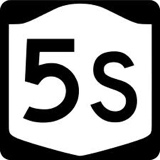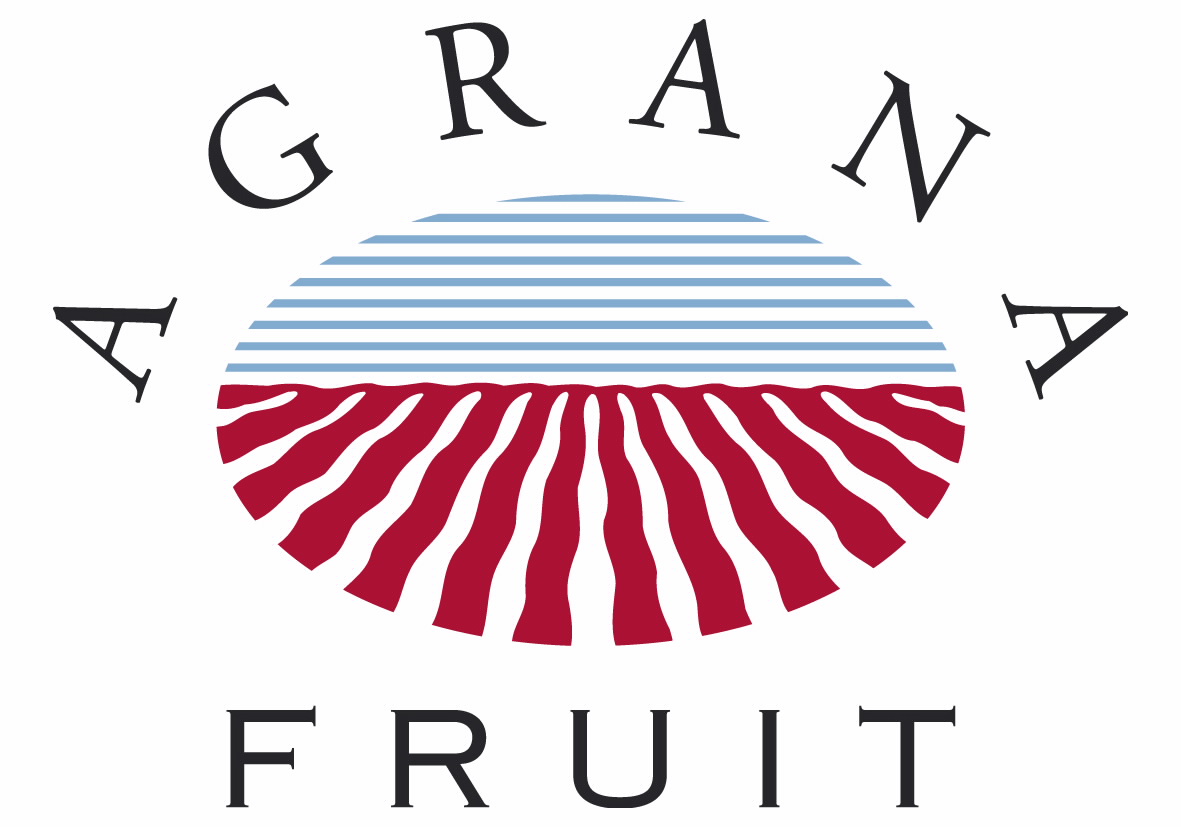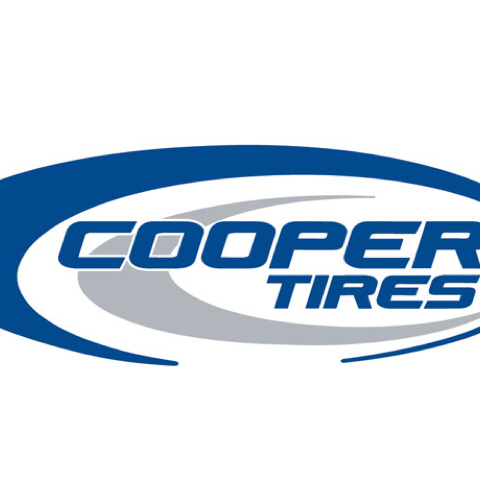Information
5S SHOP AUDIT SIMPLIFIED
-
Audit Title
-
Document No.
-
Area
-
Conducted on
LEVEL 1
-
FURNITURE & EQUIPMENT - Are work benches, carts, machines, equipment, cabinets, tool boxes, shelves, jigs, structures or areas which collect clutter free of unnecessary items, foot printed, and labeled?
-
SAFETY CONTROLS & PERSONAL PROTECTIVE EQUIPMENT - Are all safety gloves, arm guards, safety glasses, ear plugs, aprons, etc. in area necessary (clutter)?
-
FLOOR & WALK ISLES - Are floors, walkways, emergency exits, electrical panels, workstations, and hazardous materials free of unnecessary hardware, parts, paper, cardboard, metal, pens, debris, trash, etc. and clearly marked?
-
TOOLS, FIXTURES, GAUGES, HAND TOOLS - Are only necessary tools, current instructions, inspection forms, and visual aids needed to perform workstation jobs (tools, fixtures, gauges, air wrenches, hand tools) located in the area?
-
PARTS - Are only necessary parts and part containers such as color totes, wire baskets, returnable parts or containers located in the area?
-
PERSONAL ITEMS - Have all personal items such as (lunch boxes, coats, sweat shirts, newspapers, food, magazines) been removed from the work area?
-
CLEANING EQUIPMENT - Are rags, mops, mop buckets, brooms, dust pans, cleaning solutions, etc. labeled, foot printed and in the designated location?
-
TOOL BOARDS - Are all tools etc. in the designated location on the tool boards and and all tools & tool boards clean?
-
OCCASIONAL TOOL USE STORAGE - Are all items on racks, benches, carts, jigs, floors, etc. in off-line storage areas clean and in their designated locations?
-
INVENTORY STORAGE AREAS SUCH AS STAGING AREAS, MATERIAL HOLDING AREAS, AND QUALITY DEFECT HOLDING AREAS - Are inventory storage areas such as staging areas, material holding areas and warranty holding areas/items clean and in their designated location?
END
-
Completed By:










